‘La Acción de Cumplimiento’ as a Legal Mechanism to Implement Colombian Climate Change Laws
ClimateChange-ClimateLaw
NOVEMBER 12, 2023
So far, the country has adopted several laws to strengthen the legal framework towards achieving these goals. Colombia ’s Legal Climate Framework Colombia’s climate change laws are extensive and align with its open commitment to fight climate change and its devastating effects. Law 629 of 2000 on the Kyoto Protocol.



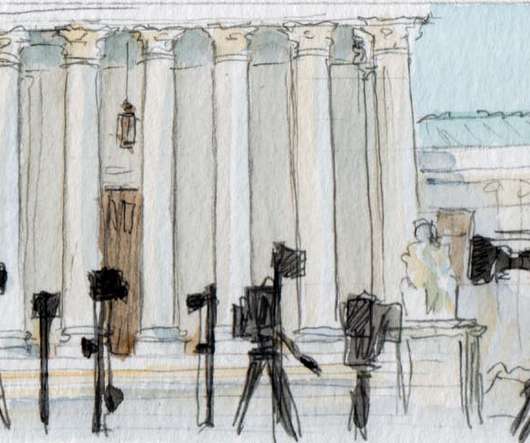


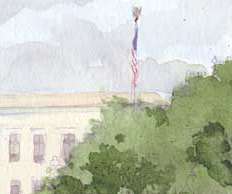
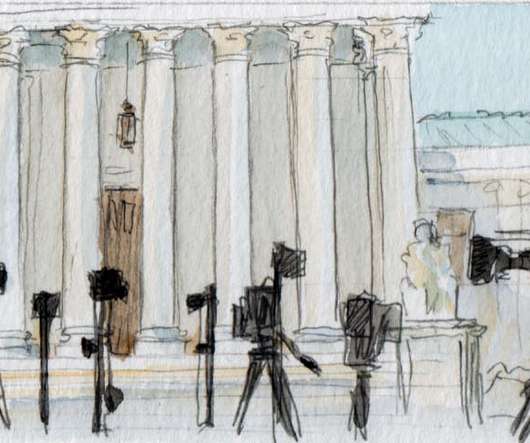
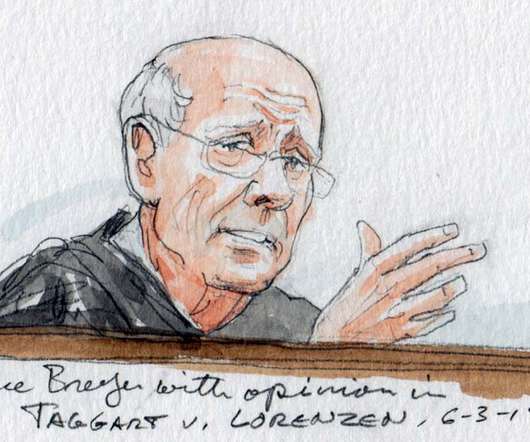

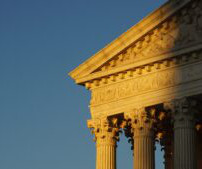








Let's personalize your content